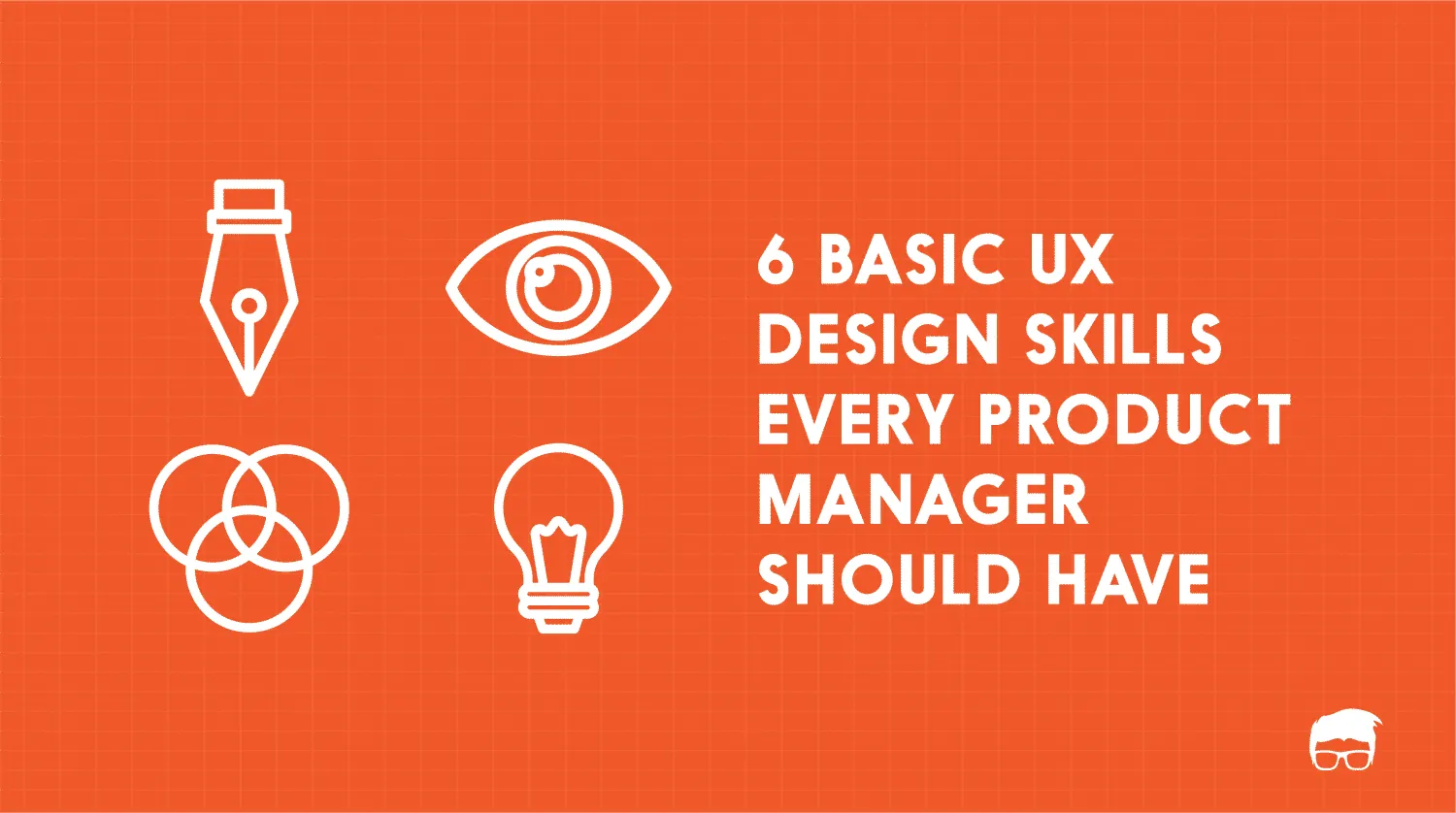You have your business model ready, you have decided your product motto and a plan, it knows its place and function and you have decided on what to shoot up and what to shoot down. But how do you convey this to the market? Do they see you as a heavyweight champion? Will you be able to stick a Supreme sticker on your product and boost up the sale or hide away in obscurity? Well, this is where Branding comes into the picture.
To understand how to brand your startup, you need to first shift yourself to the consumer side and realise how you perceive products based on their brand representation.
Now think of a brand in your head. Think about it for a bit before moving to the next line.
I am guessing a premium brand popped up in your head, right? What made it premium? Why do you perceive it as a premium brand? What did it do to get the tag of being a premium brand? We are just about to touch bases how branding leaves a lasting impression through this article.
What Is A Brand?
A brand is a characteristic feature that distinguishes a product from the rest of the market. The feature basically relies on the properties integrated into the product as well as outside the product in terms of look, feel and experience.
In layman’s terms, Brand is the experience your sensory organs feel when they are speculating a product.
What Constitutes A Brand?
A brand is not just the name of the product/organization but the whole perception you consciously and sub-consciously have of the entity. Thus, a brand constitutes of but is not limited to
- Brand Name
- Brand Logo
- Brand Image
- Brand Perception
- Brand Personality
- Brand Voice
- Brand Experience
Basically, a brand is the gateway to company-customer interaction. This would incorporate everything that the organization does: From promotional events to fundraising for a crisis. The brand image formation is a gradual process but the basics are still founded on visual representation ergo: The Brand Name, Brand Logo and Brand Slogan.
Why Is Branding Important?
It is a known fact that the launch of your product is going to be the biggest factor that will decide whether your product is going to skyrocket or have a crash landing. Maximum impact is attained by marketing a brand that the target demographic relates to. This can be proven by a lot of examples.
Let’s take the example of Indian Motor Vehicle manufacturer TATA Motor’s economy range TATA Nano. When launched, TATA Nano was the most pocket-friendly car. This created ripples in the automobile industry all over the world. India was considered the best market for such a product but the response received in the Indian market was underwhelming. It didn’t garner enough market attention. The marketing flaw that TATA Nano had was that they branded the car as the cheapest car in the world. No one wants to drive around a car which everyone else can identify as the cheapest car in the world. The branding didn’t allow it to make a huge splash in the Indian market.
This is proof enough why you need to have an impactful branding with a proper market research. Most branding failures occur because of a poor channel of information between the target market and the marketers.
To avoid this, let’s make a step by step guide to have the perfect branding solution.
How To Brand Your Startup?
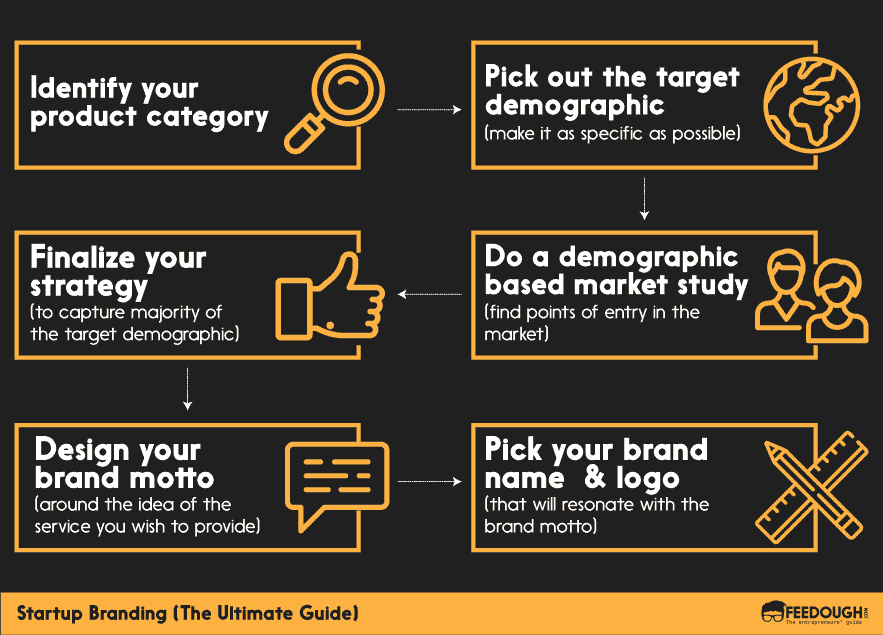
- Identify your Product category
- Pick out the target demographic (make it as specific as possible)
- Do a demographic based market study, find out points of entry in the market
- Finalise your strategy to capture a majority of the target demographic
- Design your brand motto around the idea of the service you wish to provide
- Pick your brand name that your target market relates to and is simple to read and reproduce
- Pick a brand logo that will resonate with the brand name and motto
- Beyond this, your brand image will be developed by your customer relations and your product quality. Make sure you hit the right string there.
Identifying Your Product Category
Figuring out whether your product is a utility, necessity or luxury is the bare minimum while deciding on a brand. Figure out what percentage of the market would buy your product and how often would they need to restock. Defining an economy based target demographic also comes in this step.
Picking out target demographic
Now that you have decided on the basic demographic of willingness to spend, it’s time to have a more elaborate demographic. The new demographic needs to be based on age, socio-economic factors, region, etc. This is the foundation stone for your brand positioning.
Demographic-Based Market Study
Next in line is the mammoth task of figuring out entry points in the market by doing extensive research of products in the existing category. Find what they’re missing, what could be brought in to bring innovation to the existing market space.
Fix On A Strategy
It’s time for you to lock in a strategy and stand by it. Most branding failures occur because of a conflicting brand image sent out by the various aspects of your visual representation
Design Your Brand Motto
You need to sit long and hard and think of what direct message you want your target market to receive. Sit with your team and Just Do it! Simple and direct does the trick. But make sure you don’t go for overkill with out of the world vocabulary.
Brand message is important. You convey happiness, trust, balance or innovation through it. Learn more about how to effectively craft it here.
Pick Your Brand Name
The reason why I suggest picking the brand name after the brand motto is that most brands tend to revolve the brand motto around the brand name. Your brand name isn’t supposed to be based on the availability of the name but around your company values. This can be derived only if you set your company values in order first.
To pick out brand names, you need to focus on your present customers and have thorough market research on what the name would imply in their language, slang and what kind of message would the name convey to your heaviest market. This does not just involve primary research but having a few indirect surveys would help you pick a better name.
The psychology behind picking names can be read here.
Picking Your Brand Logo
A picture conveys messages that a hundred words possibly cannot. The power of the logo just cannot be ignored. Your brand logo is something that your target market notices before reading your brand name. A lot of brands have their name as logos but even that requires careful planning.
A brand logo comprises three factors: The colours you pick, the shape you box in, and the font you apply.
Start With Font
A conservative font generally exudes security and trust, a semi-modern font exhibits spontaneity and efficiency. And a casual modern font generally gives out the signs of innovation and novelty.
Naturally, the science behind it cannot be this easy. We have a detailed analysis on how to pick out your fonts here.
Square In The Shapes
Shapes are generally not factored in while deciding on the logo, but they hit the subconscious more than you know. The main factor that puts up a fight is whether the shape is smooth and symmetrical or if it’s sharp and pointy. This further has multiple classifications but trust me when I say, each edge matters.
If you are not convinced by my words, maybe here is something that will definitely widen your horizon about shapes.
Use Apt Colours
Well, it is no wonder that black is the all-time favourite of most people. But does a monochrome logo sound appealing to you? Maybe for the right product, it fits in like a glove to a hand, but imagine McDonald’s having a monochrome logo. Does the idea make you uncomfortable?
It is no wonder that colour is clearly a big player when talking about impact. A bright red usually emits happiness whereas a solid black speaks responsibility.
There are way more colours out there and I cannot put them all in this article. So here’s your go-to article for picking on colours.
Putting Out The Brand Image
Probably the most underrated step, yet the most impactful one. Your brand isn’t just defined by what you show, what you do has a major impact on your brand personality.
Now, most brands have a social cause attached to them to have a stable brand personality but when their executives behave otherwise, the brand personality just seems hollow. Now, this is the classic case of Elephant tusks. You actually gotta be, what you are showing to the public.
Brand Identity is something most people work on while developing their brand but they miss out on the brand image. If you are too focused on showing people what you are about and don’t pay attention to what people are actually gathering from the information provided to them. You are missing out big time and this is going to be the easiest blueprint to downfall.
Thus, the most sensible plan here to keep a check that Brand identity and brand image go hand in hand. Because your brand is nothing but the manifestation of your customer’s idea of you as an organization.
The Startup Process
We know how important your dream business is to you. Therefore, we’ve come up with an all in one guide: The Startup Process to help you turn your vision into reality.
Engineer by education. Writer by choice. I learn about new things by writing about them.
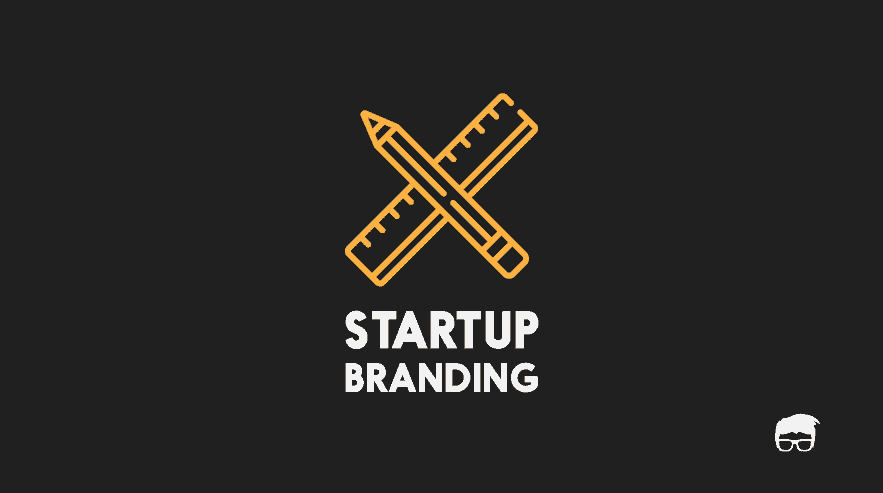

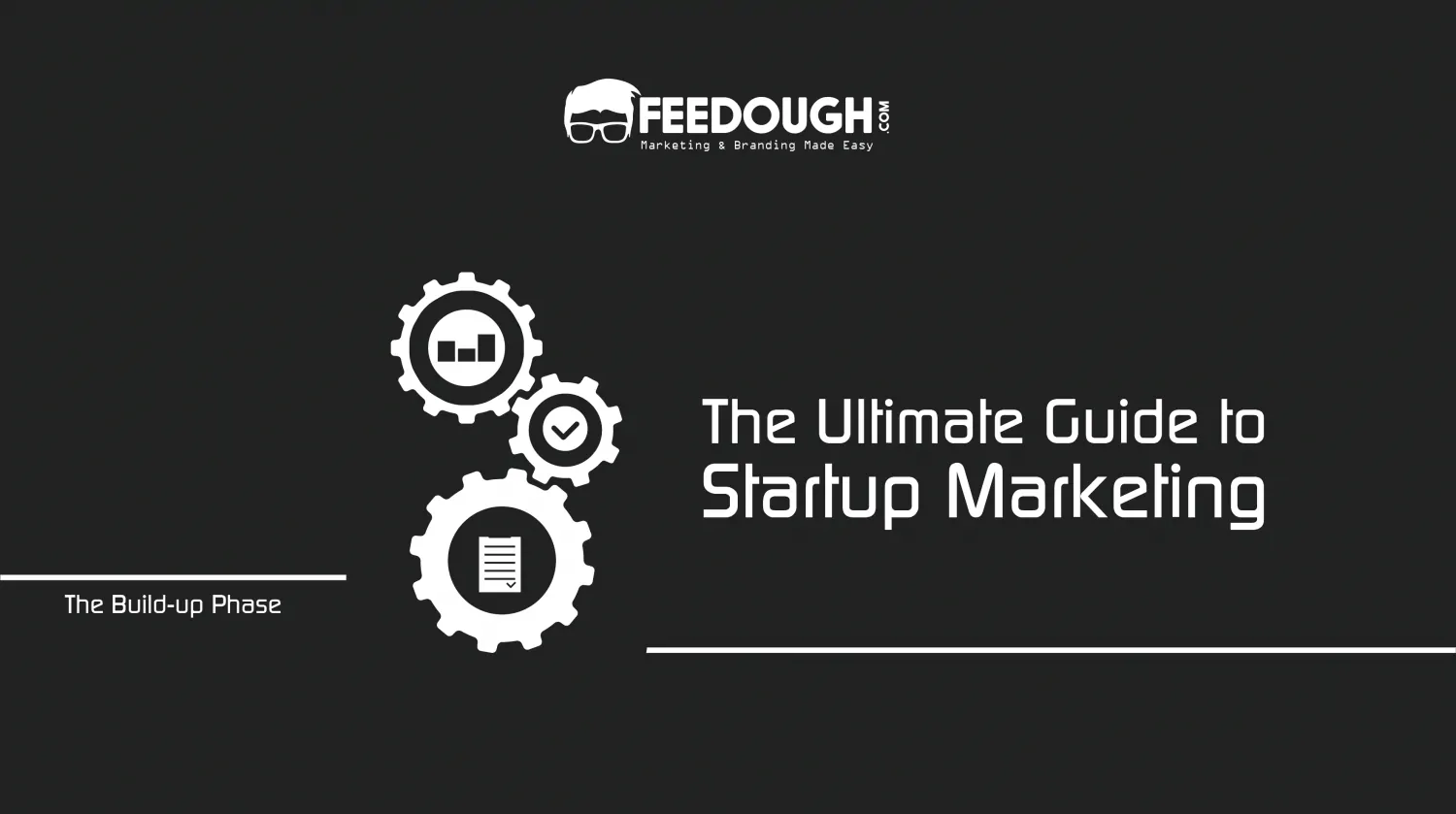
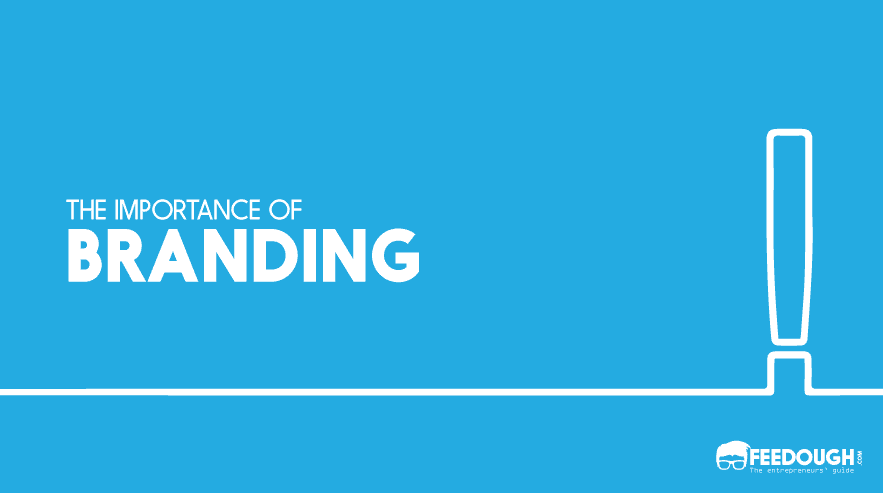
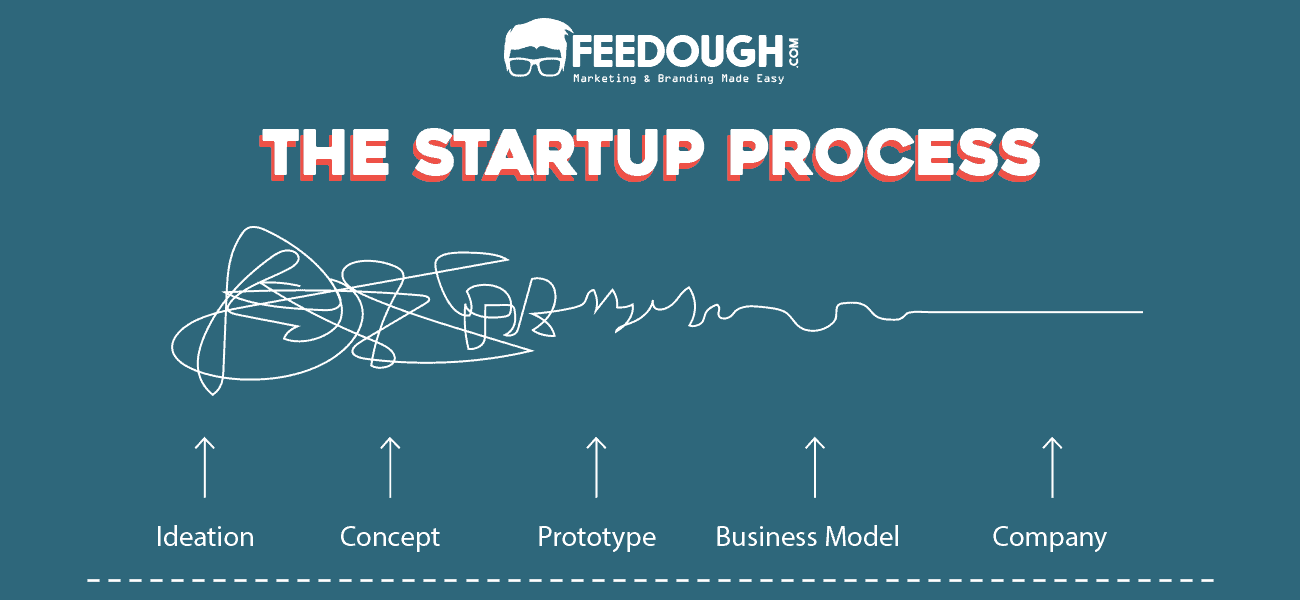
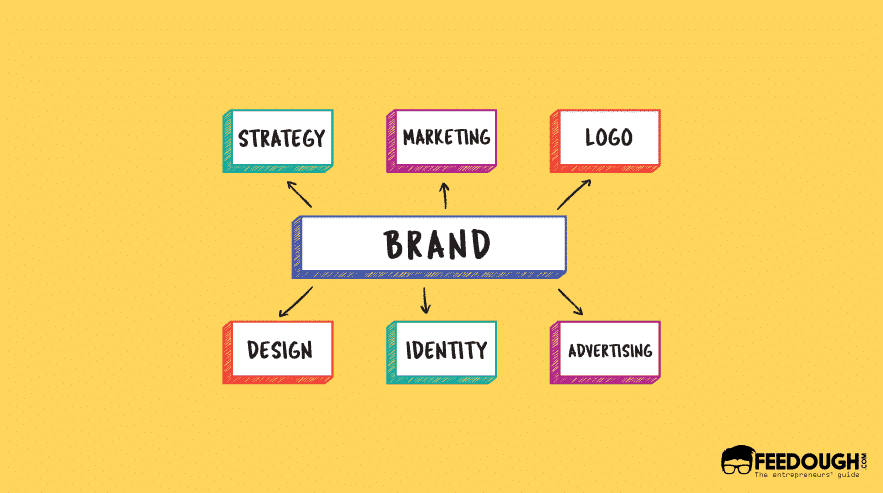
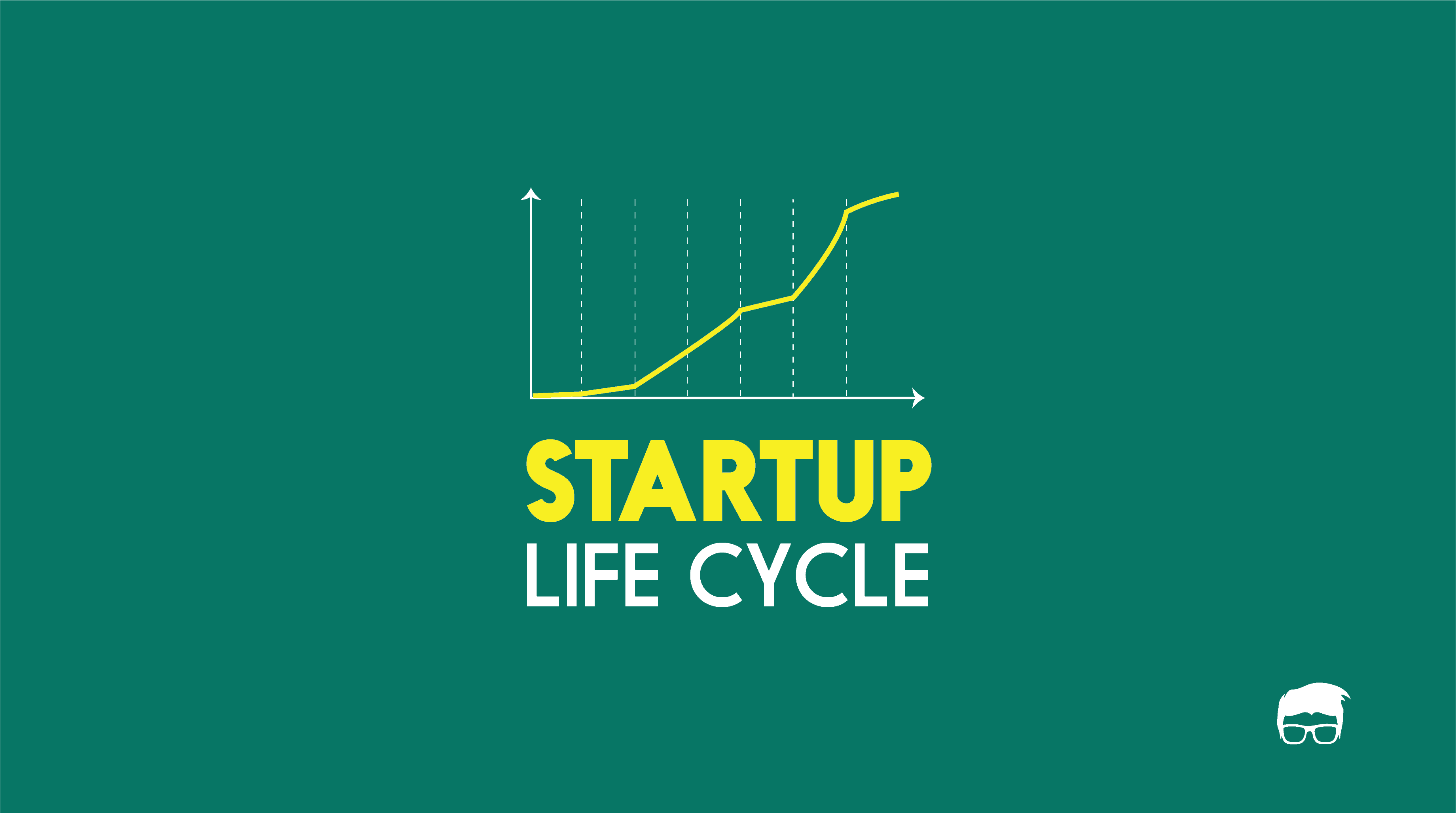
![Go-To-Market Strategy [The Ultimate Guide] go-to-market strategy](https://www.feedough.com/wp-content/uploads/2019/10/go-to-market-strategy.webp)
